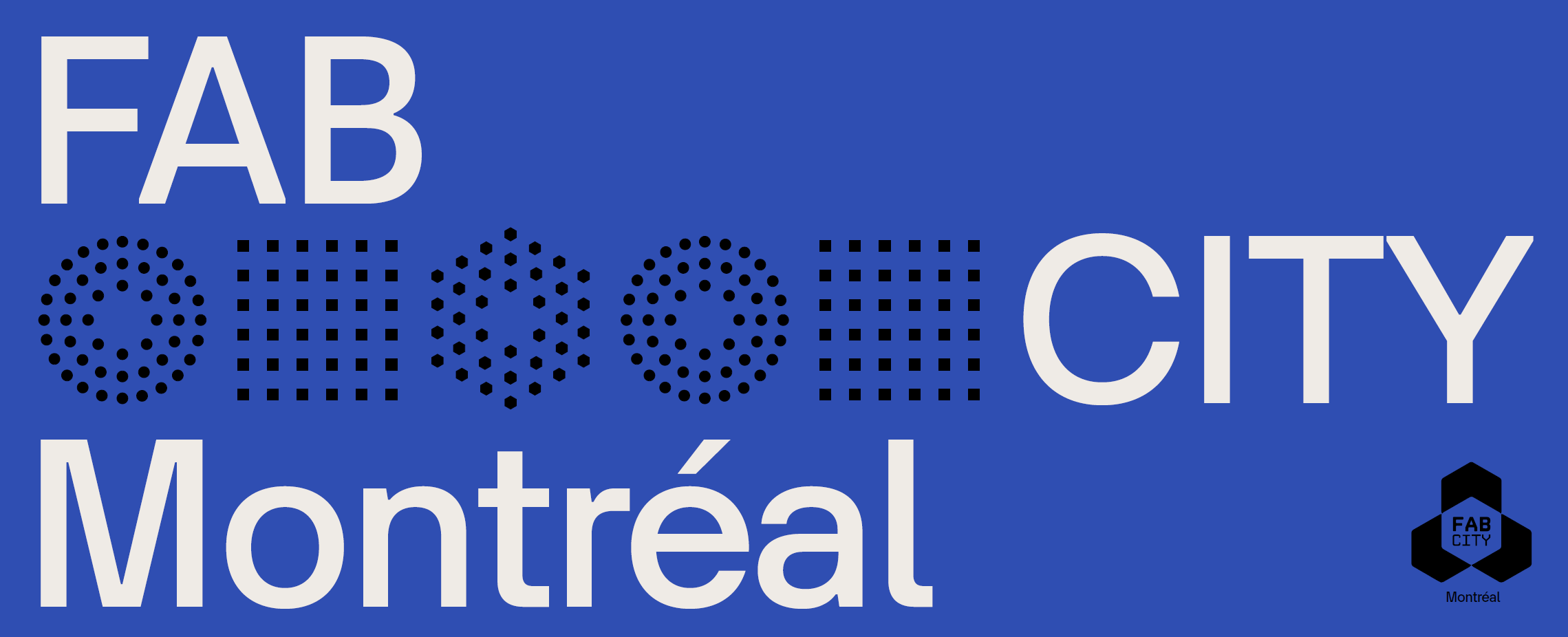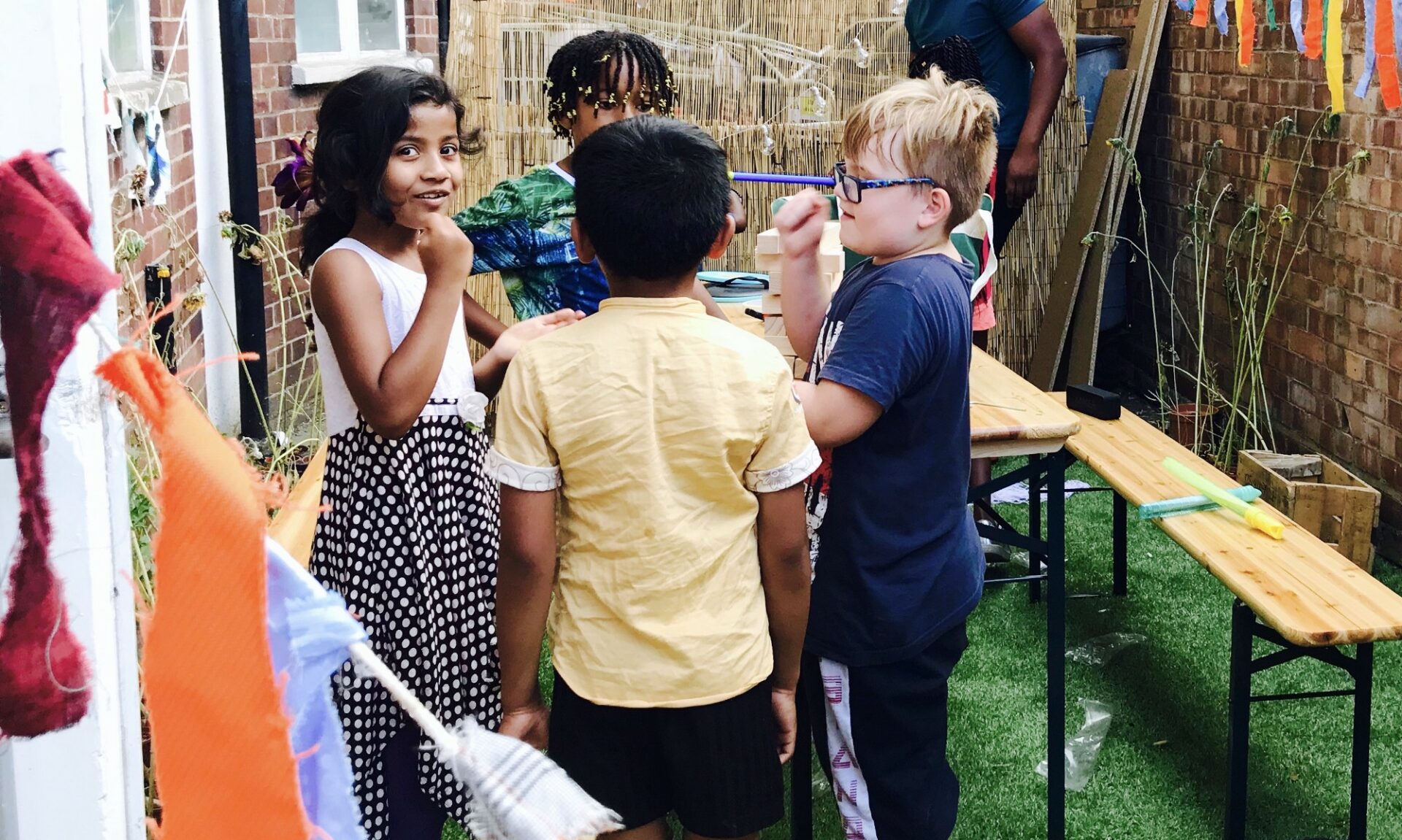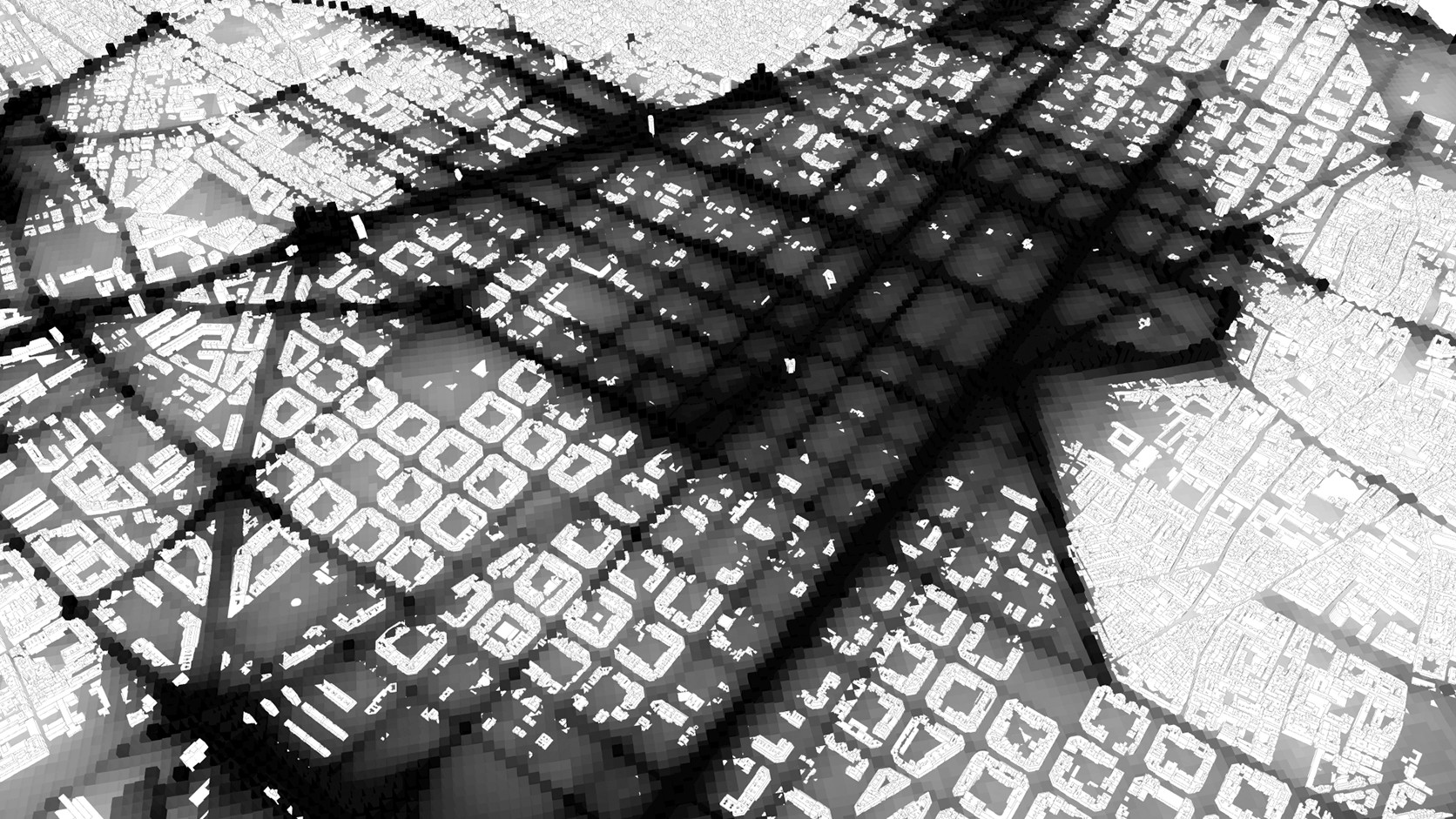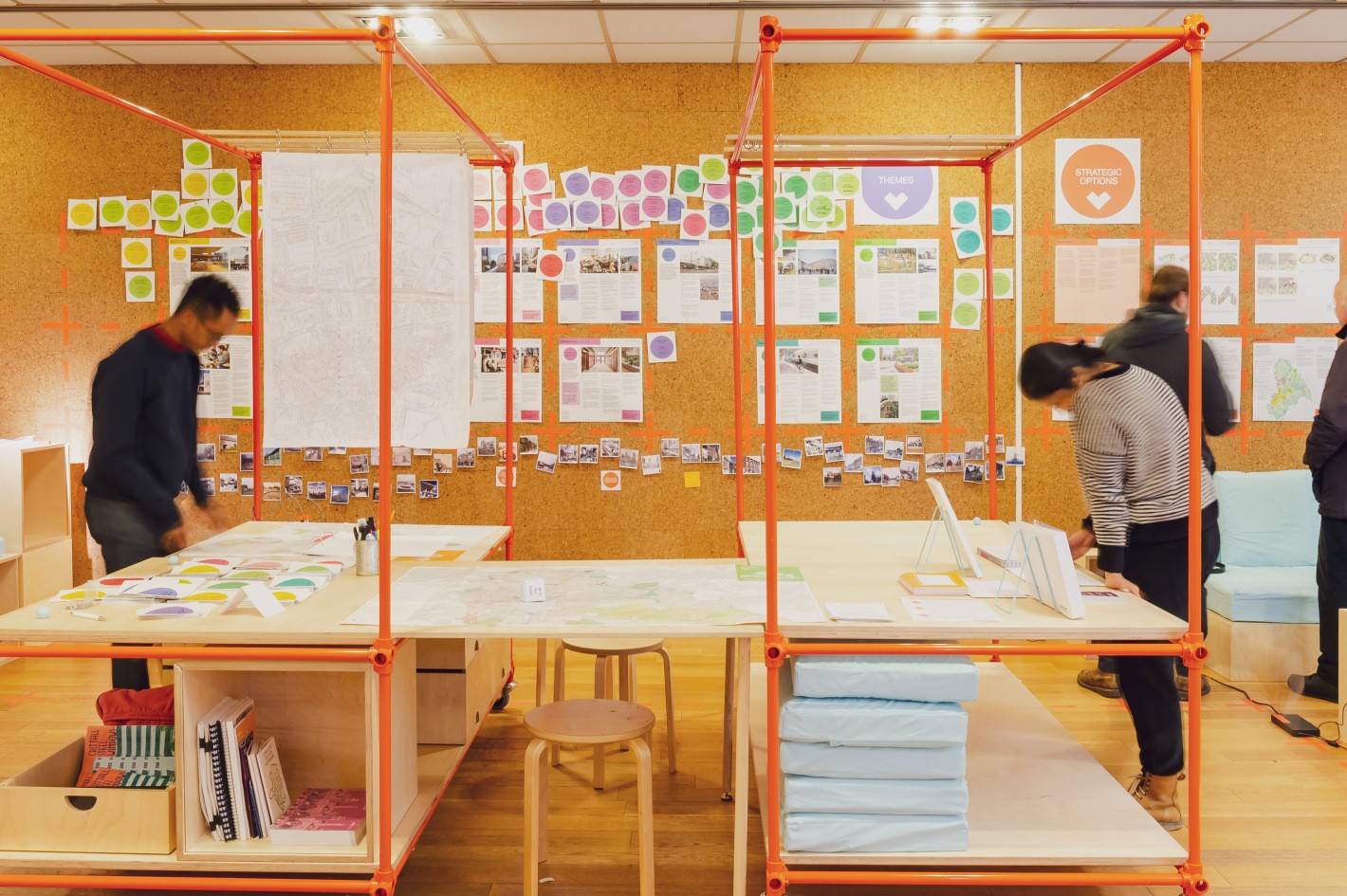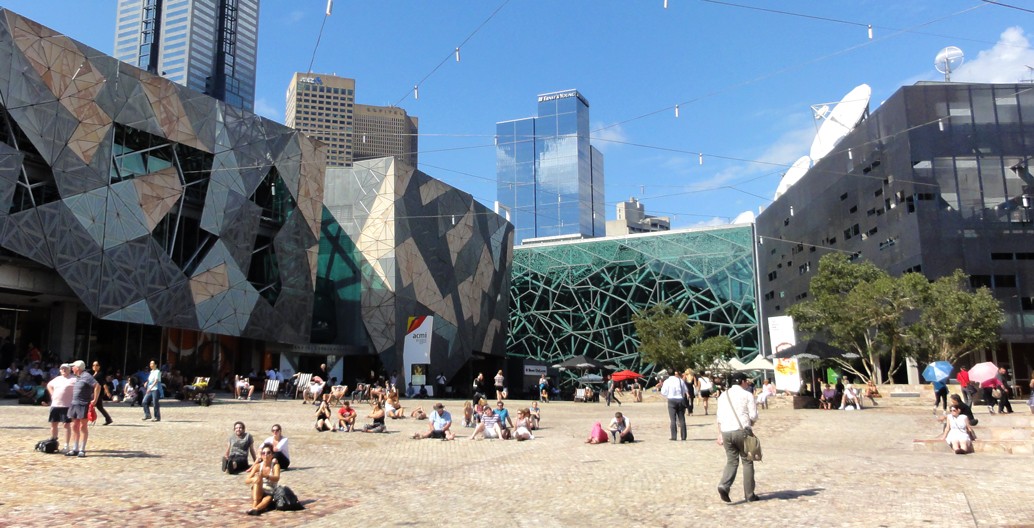News
Designing neighbourhoods for cohesion
There’s often talk, including here, of the importance of citizen involvement, mobilization, organisation, support, basically of people coming together. But we also know that inequality and divisiveness is present and growing in many places. So how can neighbourhoods bridge that gap between the current state of things and the communal goals we know are needed? Tessy Britton of Participatory City knows a thing or two (or hundreds) about doing just that and gives an excellent introduction to how organizations can design neighbourhoods for cohesion.
Mapping invisible cities
Three strong trends that are appearing all over the world in multiple domains: What gets mapped or measured gets noticed. What doesn’t, “disappears.” Adjacent idea; various entities, like large corporations and some government instances try to obfuscate issues and information to dissimulate parts of systems. Data is everywhere, being collected everywhere, and often seized or made private when it should have been public and transparently available. In this piece at MAS Context, Olga Subirós explains how these three trends and other factors interact and why it’s important for citizens to create and collect cartographic evidence of invisible cities.
Urban rooms
Such a fantastic idea! The Urban Rooms Network regroups physical spaces in various cities and neighbourhoods in the UK, where citizens can get informed and involved in where they live and work.
Making cities for people
Jan Gehl is a renowned Danish architect and urban designer who has played a leading role in developing people-centred urbanism across the world. In this interview he talks about Australian cities, but also more broadly about making cities for people. His focus on planning and architecture is perhaps a little further from our normal posts, yet very pertinent through the discussion’s considerations for human scale urbanism, old cities vs new ones, and Gehl’s take on the impacts of COVID, which are worth the read on their own.
Videos
#Fabcitymontreal


